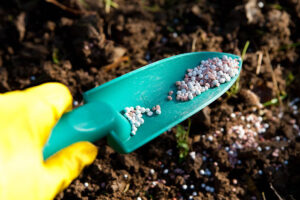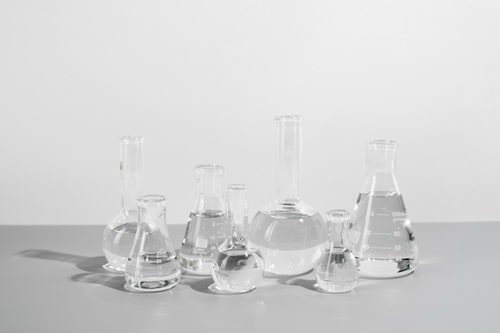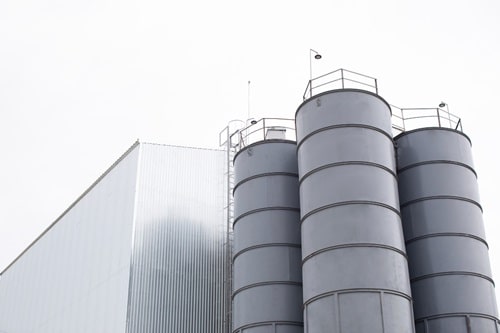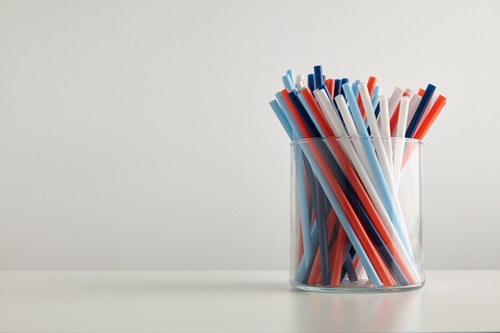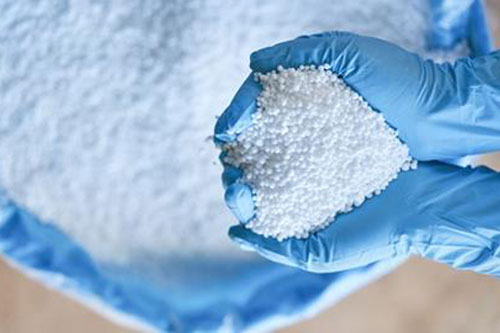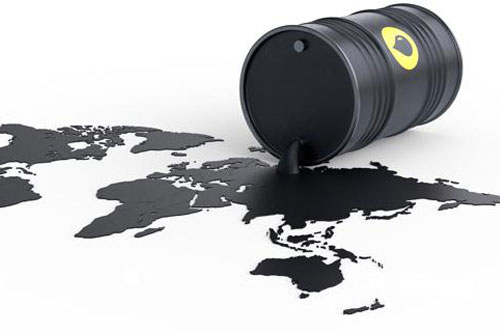Prilled Urea, also known as coated prilled urea or agricultural prilled urea, is a high-efficiency nitrogen-based fertilizer containing 46% nitrogen, making it one of the most concentrated sources of nitrogen available for crop nutrition.
Produced through a prilling process, it forms small, spherical particles (1–2 mm) with a uniform size. This fine structure increases the surface area compared to standard granular urea, ensuring faster dissolution in water and effective nutrient delivery to plants.
Key Features
High Nitrogen Content (46%) for maximum crop growth and yield improvement
Small, Uniform Prills (1–2 mm) provide a larger surface area for rapid solubility
Fast Dissolution ensures quick nutrient absorption and efficiency in soil
Easy to Handle, Store & Transport due to its stable prilled form
Safe & Non-Toxic: Harmless to mammals and birds, suitable for sustainable agriculture
High Resistance to Breakdown: Maintains effectiveness during rainfall, reducing nitrogen loss and minimizing the need for frequent reapplication
Applications
Agriculture: Widely used in cereal crops, fruits, vegetables, and cash crops
Forestry: Supports healthy tree growth and forest management
Fertigation & Blending: Easily integrated into liquid fertilizers or mixed with other nutrients
Soil Conditioning: Improves nitrogen availability in diverse soil types
It contains 46% nitrogen, making it highly effective for crop nutrition.
Its small spherical particles dissolve quickly in water, facilitating rapid nutrient uptake.
The prilled form offers a larger surface area compared to granular urea, leading to better interaction with water.
It resists breakdown or evaporation, ensuring the fertilizer remains active in the soil for longer periods.
Safe for mammals and birds, making it a benign and eco-friendly fertilizer choice
Its uniform prill shape and small size make it simple to transport, store, and apply.
Agricultural Prilled Urea is a highly versatile product with applications extending beyond crop nutrition into industrial, environmental, and even pharmaceutical uses. Its unique properties make it one of the most important nitrogen-based products globally.
Slow-Release Fertilizer
Functions as a controlled-release nitrogen source
Must be decomposed by soil microorganisms before plant absorption
Ensures steady nutrient supply over time, reducing the need for frequent reapplication
High-Nitrogen Fertilizer
Contains 46% nitrogen, promoting strong plant growth and higher yields
Widely used in agriculture and horticulture
Requires careful application to prevent over-fertilization and plant stress
Fertilizer Blending
Frequently mixed with other fertilizers (e.g., Potassium Chloride)
Maintains stability and uniformity during blending processes
Ensures consistent nutrient delivery across large agricultural fields
Deicing Agent
Used in cold climates to melt snow and ice on roads, highways, and airport runways
Effective at temperatures down to -6 °C
Safer alternative to some traditional deicing chemicals due to lower corrosiveness
Direct Soil Application
Can be applied directly to soil or via fertigation systems
Provides essential nitrogen to a wide range of crops, enhancing growth and productivity
NOx Emission Control
Utilized in diesel engine NOx control systems (SCR technology)
Helps reduce harmful nitrogen oxide emissions, supporting environmental protection and compliance with regulations
Liquid & Suspension Fertilizers
Serves as a key nitrogen component in liquid and suspension fertilizer formulations
Enhances nitrogen levels for large-scale, efficient agricultural operations
Livestock Feed Supplement
Used in the cattle industry as a non-protein nitrogen source
Supports economical protein supplementation for ruminants, improving digestion and nutrient absorption
Pharmaceutical Applications
To accommodate different logistical needs and market requirements, Urea is commonly packaged and transported in two primary ways:
Break Bulk
Urea is shipped in loose form without containers
Directly loaded into a ship’s hold or bulk transport vehicles
Best suited for large-scale bulk shipments where handling efficiency is critical
Jumbo Bags
Urea is packaged in large, secure bags ranging from 50 kg to 1000 kg
Bags are stacked and shipped in standard containers
Offers better protection against environmental factors, easier handling, and improved flexibility
Commonly used for smaller deliveries or destinations requiring enhanced handling convenience
Delivery Terms
International delivery of Urea is managed under widely accepted Incoterms, defining the responsibilities between buyer and seller:
FCA (Free Carrier): Seller delivers goods to a specified location (e.g., warehouse or terminal). Buyer arranges further transport.
Ex Warehouse (Buyer’s Pickup): Buyer collects goods directly from the seller’s warehouse, assuming responsibility for onward shipping.
FOB (Free on Board): Seller loads the Urea onto a vessel chosen by the buyer. Risk transfers to the buyer once loaded.
CFR (Cost and Freight): Seller pays freight to the destination port, but risk transfers to the buyer once the Urea is on board.
Advantages of Flexible Packaging & Terms
Adaptability: Options available for both domestic and international shipments
Efficiency: Bulk shipments maximize capacity, while jumbo bags ensure ease of handling
Risk Management: Clear terms define responsibilities, minimizing disputes during transportation


